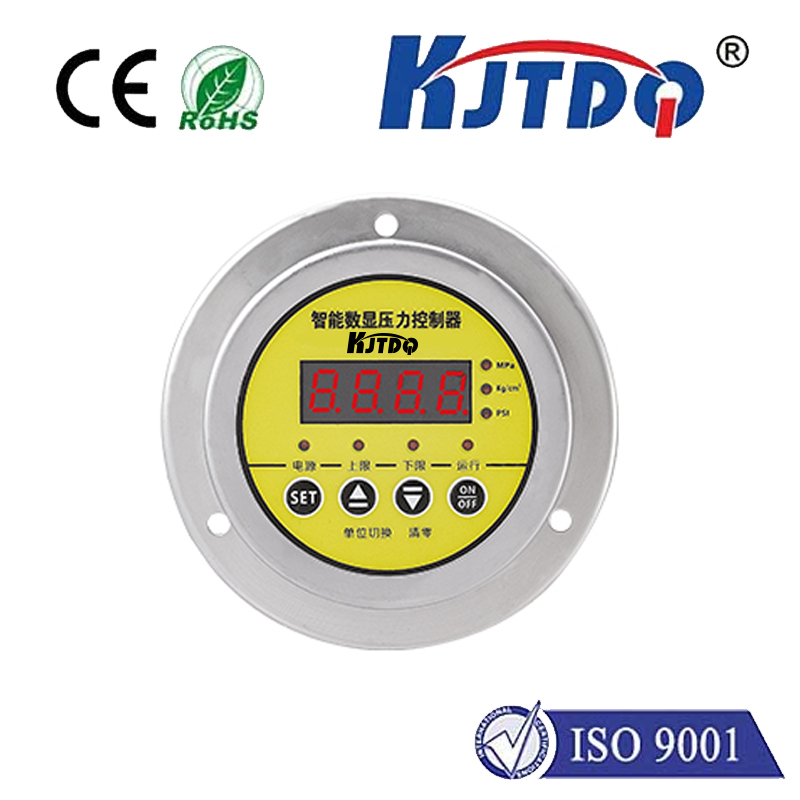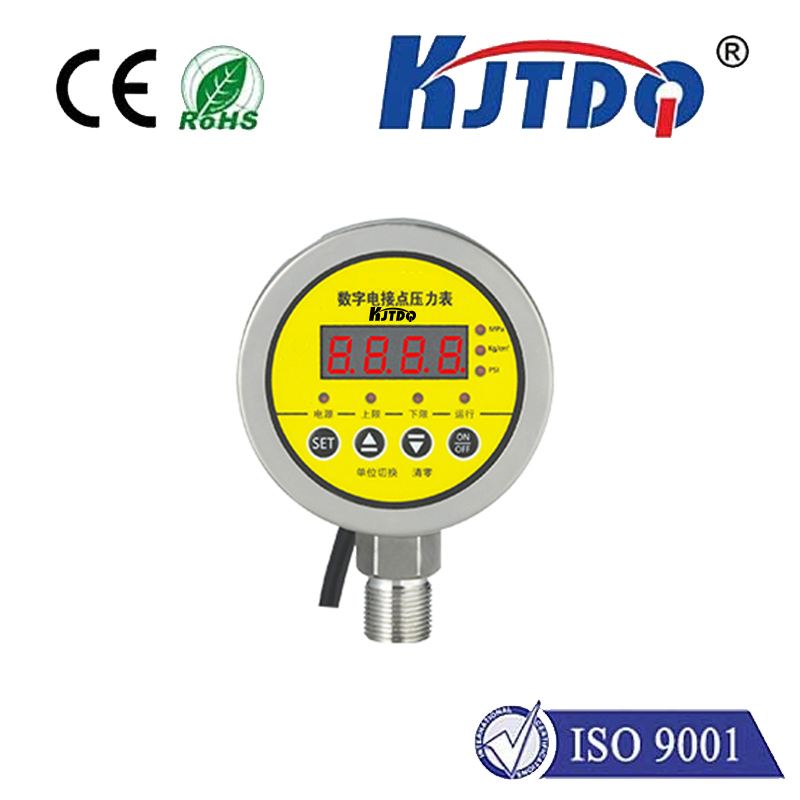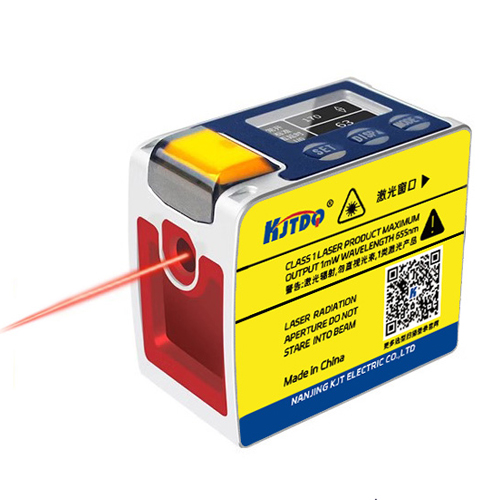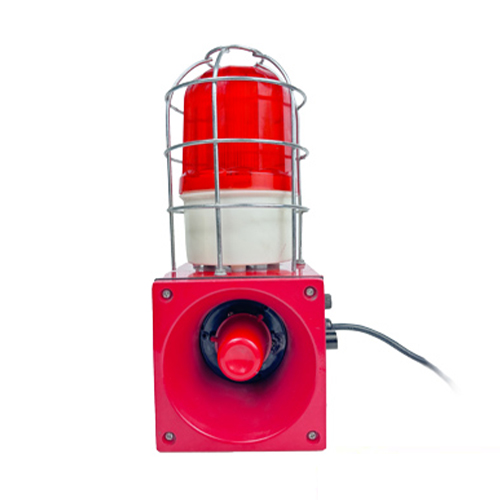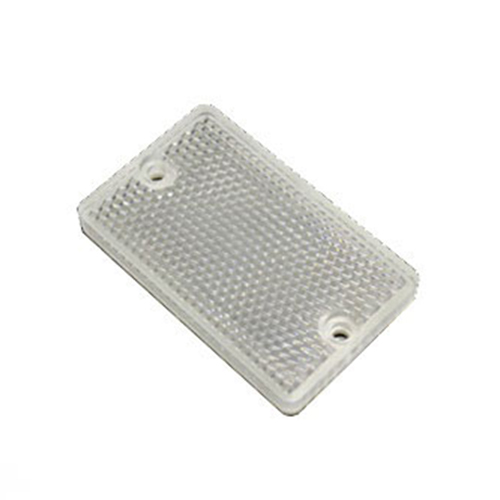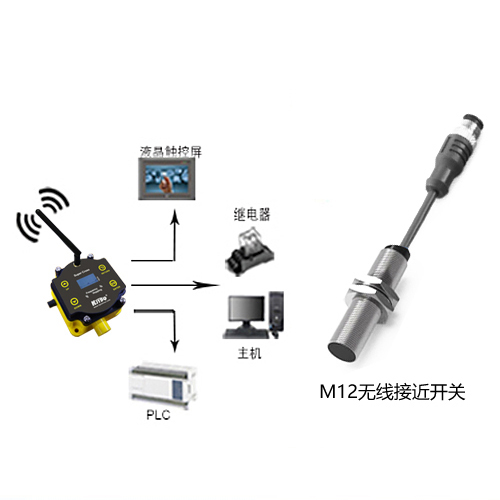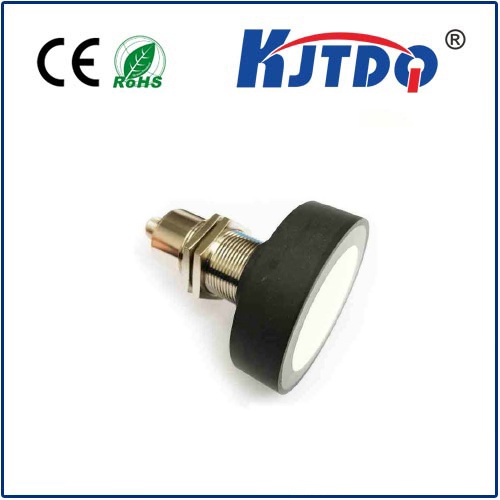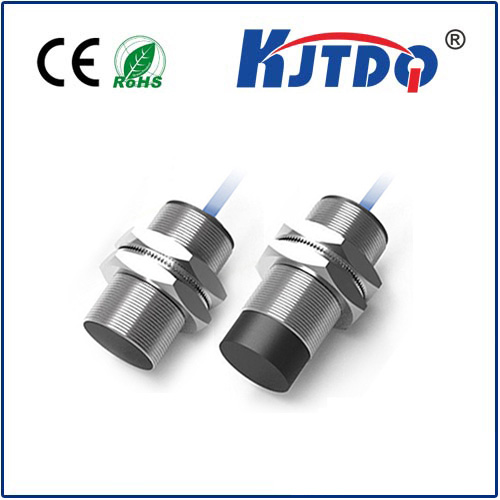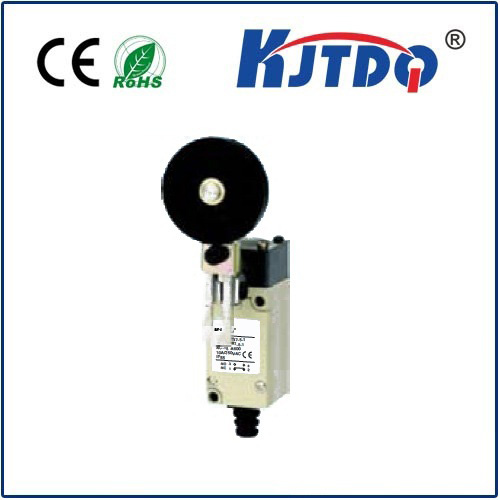photoelectric slot sensor
- time:2025-07-24 03:24:09
- Click:0
Photoelectric Slot Sensors: The Invisible Guardians of Modern Automation
Imagine a factory humming with activity. Bottles zip along a conveyor, robotic arms assemble components with blinding speed, and intricate packaging lines operate flawlessly. Beneath this orchestrated chaos, countless unseen sentinels work tirelessly, ensuring precision, safety, and efficiency. Among the most reliable and ubiquitous of these silent guardians is the photoelectric slot sensor.
Often referred to simply as a “fork sensor” or “transmissive photoelectric sensor” due to its characteristic U-shaped design, the photoelectric slot sensor is a cornerstone of industrial automation, object detection, and countless other applications. Its elegance lies in its simplicity and robustness. But how exactly does this unassuming device function, and why is it so indispensable?
The Core Principle: Light Interrupted
At its heart, a photoelectric slot sensor operates on a beautifully straightforward principle:
- Integrated Transmitter and Receiver: The sensor consists of a single housing forming a physical slot. Mounted precisely opposite each other across this slot are two key elements: an infrared light emitting diode (IR LED) acting as the transmitter and a phototransistor or photodiode acting as the receiver.
- Constant Beam: The IR LED emits a beam of invisible infrared light directly across the slot towards the receiver.
- Signal Generation (No Object): When the slot is empty, the light beam travels unimpeded and strikes the receiver. This causes the receiver to be in its “on” state”, typically generating a high or low output signal (depending on sensor configuration - Light ON or Dark ON).
- Detection Event (Object Present): When an object enters the slot, it physically interrupts the light beam between the emitter and receiver.
- Signal Change: The receiver no longer detects the light beam. This switch in state (e.g., from light received to no light received) causes the sensor’s output signal to flip (e.g., from high to low, or low to high).
- Output Trigger: This change in the output signal is detected by the connected controller (PLC, microcontroller, etc.), indicating the presence of the object within the slot.
Why Slot Sensors Reign Supreme: Key Advantages

The inherent design of the photoelectric slot sensor grants it several significant advantages over other sensing technologies:
- Superior Object Detection: They excel at detecting small, thin, or transparent objects that might be challenging for other sensors. Because detection relies on physically blocking the beam, factors like object color, transparency, or surface finish have minimal impact compared to reflective sensors.
- Exceptional Precision: The fixed distance between the emitter and receiver, defined by the slot width, allows for highly accurate and repeatable detection. Objects are detected precisely at the point where the beam is broken within the slot.
- Non-Contact Sensing: As a true non-contact solution, the sensor never physically touches the target object. This eliminates wear and tear on both the sensor and the object, crucial for delicate items or high-speed applications.
- High Speed Response: The technology enables extremely fast switching times, often in the microsecond range. This makes them ideal for counting rapidly moving objects on high-speed production lines.
- Robust & Reliable: The integrated housing protects the optical components from dust, dirt, vibration, and minor impacts. They are generally immune to ambient light interference because the emitter and receiver are precisely aligned and often modulated.
- Simplified Installation & Alignment: Unlike separate emitter-receiver setups requiring precise optical alignment, the slot sensor’s integrated design guarantees perfect alignment right out of the box. Plug-and-play installation drastically reduces setup time and complexity.
- Cost-Effectiveness: For applications requiring precise interruption detection within a defined space, they offer a highly reliable and often more economical solution than complex vision systems or other sensing methods.
Ubiquitous Applications: Where Slot Sensors Shine
The versatility and reliability of photoelectric slot sensors make them indispensable across a vast spectrum of industries:
- Manufacturing & Packaging: Counting products (bottles, cans, pills, small parts), detecting missing labels or caps, verifying object presence on conveyors, triggering filling mechanisms, detecting jams (
object detection is crucial here).
- Printing & Paper Handling: Detecting paper presence/absence, edge detection for alignment, sheet counting, jam detection in printers and copiers.
- Security Systems: Monitoring doors, gates, or windows for unauthorized entry (interrupting the beam triggers an alarm).
- Robotics: Verifying gripper closure (detecting if a part is present in the gripper jaws), end-of-arm tooling positioning feedback.
- Vending Machines: Verifying coin passage, detecting dispensed products.
- Automotive: Verifying part insertion during assembly, counting components.
- Consumer Electronics: Detecting disk tray position in optical drives, sensing paper in printers.
- Medical Devices: Verifying sample vial presence, detecting fluid levels via floaters, ensuring correct component positioning in analyzers.
Selecting and Implementing the Right Slot Sensor
Choosing the optimal photoelectric slot sensor involves considering several factors:
- Slot Width: Determines the maximum size of the object that can pass through and the physical space available for mounting.
- Sensing Distance: Effectively zero for slot sensors; detection only occurs within the physical slot itself.
- Object Size: The smallest object dimension (height/width/thickness) must be sufficient to reliably break the light beam.
- Output Type & Logic: NPN or PNP transistor outputs? Normally Open (NO) or Normally Closed (NC)? Light ON (output on when beam unbroken) or Dark ON (output on when beam broken)?
- Environment: Consider factors like temperature extremes, potential exposure to chemicals or washdowns (requiring IP67 or higher ratings), dust levels, and electrical noise. Robust environmental protection is often key.
- Modulation: Opt for sensors with modulated infrared light to ensure immunity to ambient light interference from sunlight, LEDs, or other sources.
- Response Time: Critical for high-speed counting applications.
- Connection Type: Pre-wired cable or connector (e.g., M8, M12)?
Maintenance: Keeping Your Sensors Reliable
While inherently rugged, some simple practices ensure longevity:
- Regular Cleaning: Dust, dirt, or grime accumulating on the lens surfaces of the emitter and receiver can gradually weaken the beam strength, potentially leading to missed detections. Use compressed air or a soft lint-free cloth. Avoid harsh chemicals unless the sensor is rated for them.
- Visual Inspection: Periodically check for physical damage to the slot body or cabling.
- Verification: Occasionally verify detection reliability with the intended objects to ensure performance hasn’t degraded.
- Secure Mounting: Ensure the sensor is firmly fixed to minimize vibration, which could theoretically affect the internal optics over very long periods (though they are designed to withstand it).
The Unseen Powerhouse of Detection
From the intricate assembly of a smartphone to ensuring your morning coffee cup has a lid, photoelectric slot sensors work tirelessly behind the scenes. Their blend of simplicity, precision, reliability, and non-contact operation makes them a fundamental component in the automation landscape. Understanding their principle – the critical moment when an object interrupts that invisible beam of light – reveals the profound impact these compact devices have on the efficiency, safety, and quality of countless products and processes that define modern life. They are truly the invisible guardians of the automated world.












